The Vikings were a seafaring people who lived in Scandinavia and parts of Northern Europe from the 8th to 11th centuries. Although most famous for their longships, they also relied on horses for transport, work and warfare. In this article, we will discuss what horses the Vikings rode.
Origins of Horses in Viking Culture

The Viking culture had a great appreciation for horses, which is evidenced by the many references to them in Norse mythology, literature, artwork and artifacts. The Viking people were renowned for their skill in horsemanship and their use of horses in warfare and transportation. Horses were essential to the survival of the Viking people, and their culture was heavily influenced by their relationship with these animals.
The first horses to enter Viking culture were brought by the nomadic tribes of the Eurasian Steppe. These horses were of the same type as the modern day Icelandic horse, with a strong and sturdy build, and a good temperament. They were used for riding and for pulling heavy loads. The horse was also a popular symbol in Norse mythology, and it is said that the god Odin had an eight-legged horse named Sleipnir.
Over time, the Vikings began to breed their own horses, and the breed most commonly associated with the Viking culture is the Fjord horse. This breed is slightly smaller than the Icelandic horse, but it is still strong and sturdy, and it is well suited to both riding and pulling heavy loads. The Fjord horse also has a long, silky mane and tail, and it is an attractive breed.
The Vikings also bred horses for warfare. These horses were fast and agile, and they were used in battles to give the rider a clear view of the battlefield. The horses were also used to transport the warriors, and they were often decorated with elaborate armor and saddles.
The Vikings’ relationship with horses was not just limited to warfare and transportation. They also used horses in other aspects of their culture, such as sports, agriculture, and trade. In addition, many of the gods and goddesses in Norse mythology were associated with horses, and horses were often seen as a symbol of power and strength.
The importance of horses in Viking culture can still be seen today. The tradition of horse racing and horse shows continues, and horses are still an important part of Nordic culture. As the Vikings’ appreciation for horses continues to remain strong, it is clear that the origins of horses in Viking culture will continue to be a part of their history for many years to come.
Types of Horses Used by Vikings
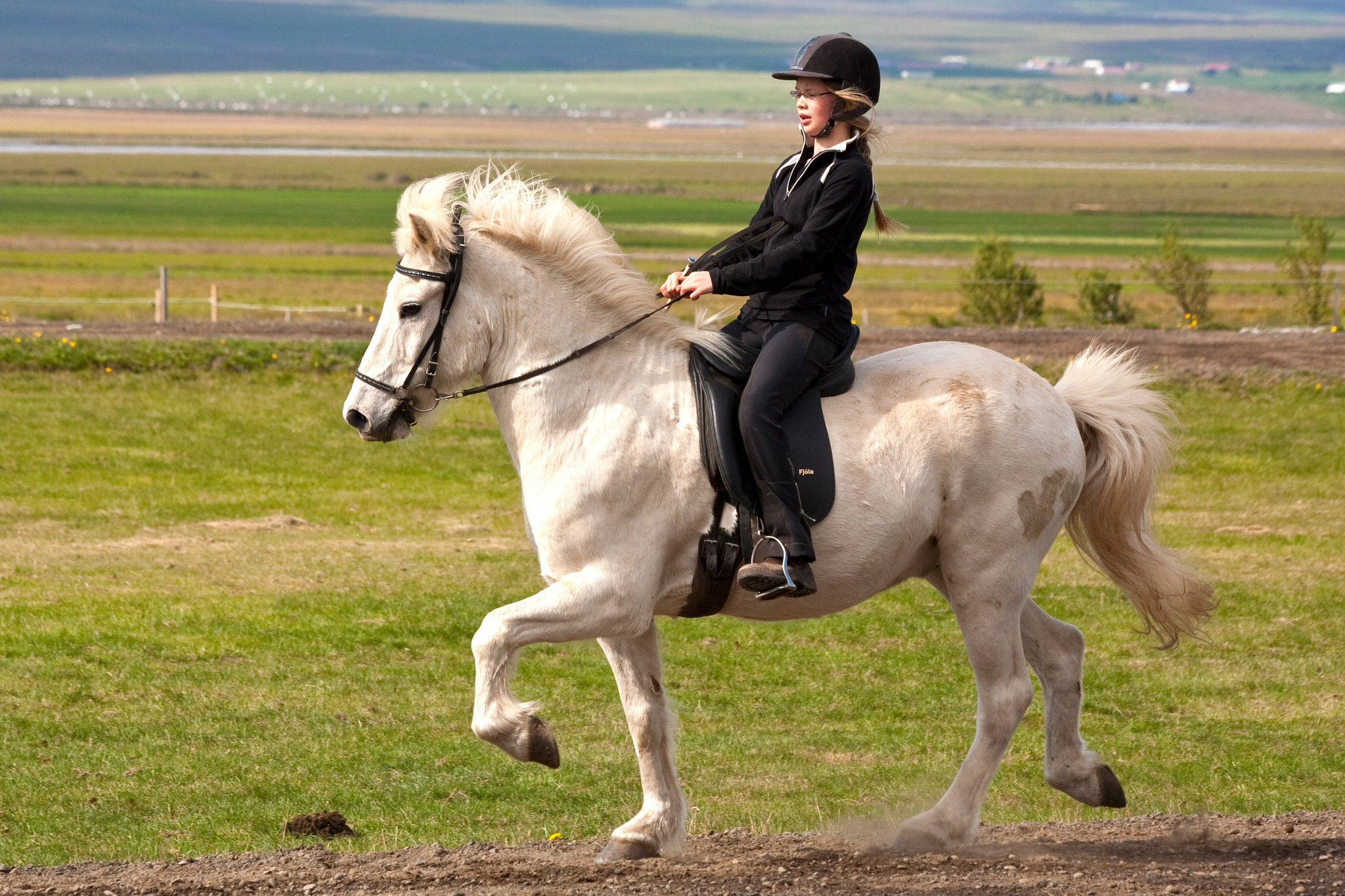
1. Icelandic Horses
The Icelandic Horse is one of the oldest horse breeds in the world, originating from the Viking Age. It is believed that these horses were brought to the island of Iceland by the Norse settlers in the 9th century. They were used for a variety of tasks, including plowing, herding, and transportation. Icelandic Horses are known for their hardiness, speed, and agility, making them ideal for traversing the rough terrain of Iceland.
2. Norwegian Fjord Horses
The Norwegian Fjord Horse is a breed of horse that originated in Norway in the 13th century. These horses were used by the Vikings for draft work and riding. They were also prized for their strength, agility, and sure-footedness, making them well-suited for the steep, rocky terrain of Norway.
3. Swedish Ardennes
The Swedish Ardennes is a breed of horse that was developed in Sweden in the early 19th century. These horses were used by the Vikings for riding and draft work. They are known for their strength, agility, and sure-footedness, making them well-suited for the steep, rocky terrain of Sweden.
Viking Horsemanship
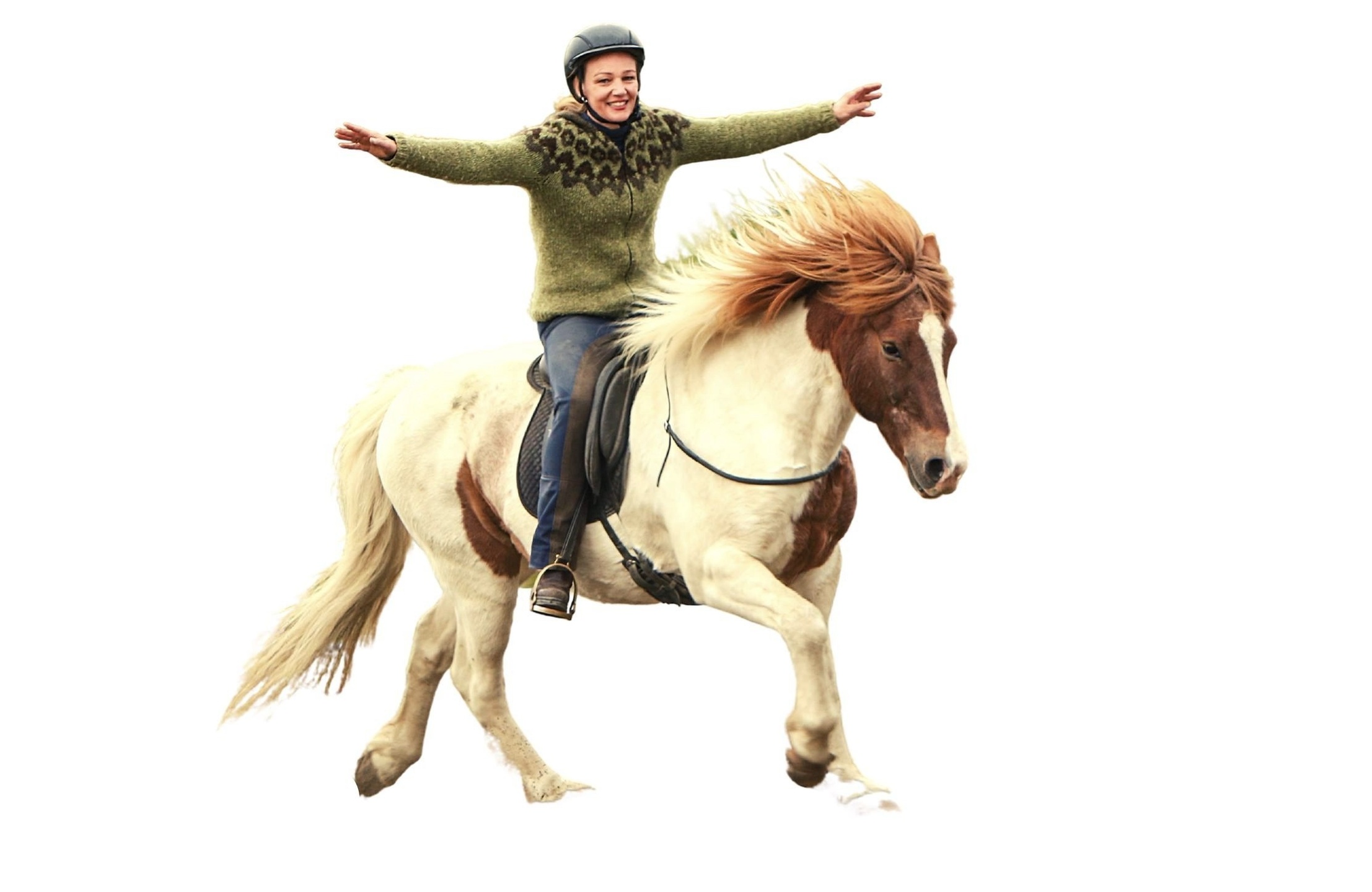
The Vikings were renowned for their horsemanship and their horses were a major part of their culture. Viking horses were smaller than the horses of today and were bred for agility, speed, and endurance. Viking horsemanship was based on a set of techniques designed to maximize the horse’s potential.
Viking horses were trained in a variety of skills, including riding, jumping, and galloping. Most were taught to jump over obstacles, such as fallen trees and ditches, as well as to gallop for long distances. This enabled the Vikings to quickly traverse their lands and gain a tactical advantage in battle.
Vikings also used their horses for racing and horse trading. Racing was popular among the Viking people and the horses used for racing were specially bred for speed. Horse trading was also a common practice as it allowed Vikings to acquire new horses and to barter for goods and services.
Viking horsemanship was also based on a set of ethical principles. The Vikings believed that horses should be treated with respect and kindness and that they should be used responsibly. They also believed that horses should be used for good, not for evil.
In summary, Viking horsemanship was an integral part of Viking culture. Viking horses were trained in a variety of skills and were used for racing, trading, and gaining a tactical advantage in battle. The Vikings also believed in treating their horses with respect and using them responsibly.
Breeding and Training of Viking Horses
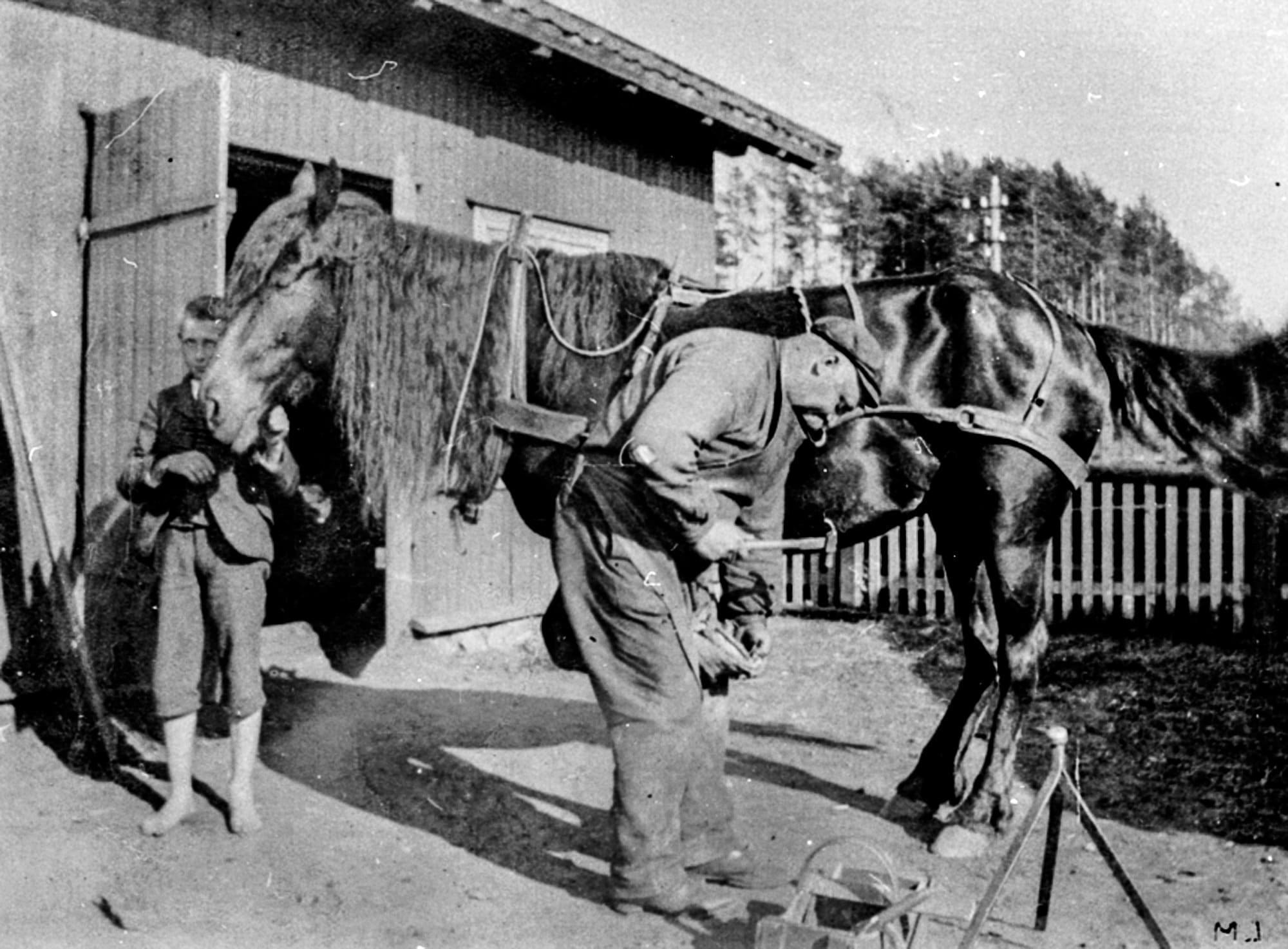
The Viking people had a strong bond with their horses. They not only used them to transport goods, but also for warfare and as a source of food. Viking horses, also known as “Norse horses”, were bred and trained to be strong and reliable.
Viking horses were usually bred from a variety of horses, including the Friesian, Arabian, and Norwegian. They were bred to be hardy and able to withstand cold temperatures and rough terrain. Viking horses were also bred to be sure-footed, meaning they could handle difficult terrain without slipping.
Viking horses were trained to be obedient and responsive to their riders. They were taught to be obedient in battle, and to respond to the commands of their riders. They were also trained to be fearless and not to be intimidated by loud noises or other horses.
Viking horses were also trained to pull carts and plows. This allowed them to be used for a variety of tasks, including hauling goods and supplies, and plowing fields.
Viking horses were also trained to be ridden. They were taught to be responsive to their riders and to respond to commands. They were also trained to be able to carry their riders over long distances, as well as in battle.
In summary, Viking horses were bred and trained to be strong, reliable, and obedient. They were used for a variety of tasks and were an integral part of the Viking way of life.
Viking Horse Racing
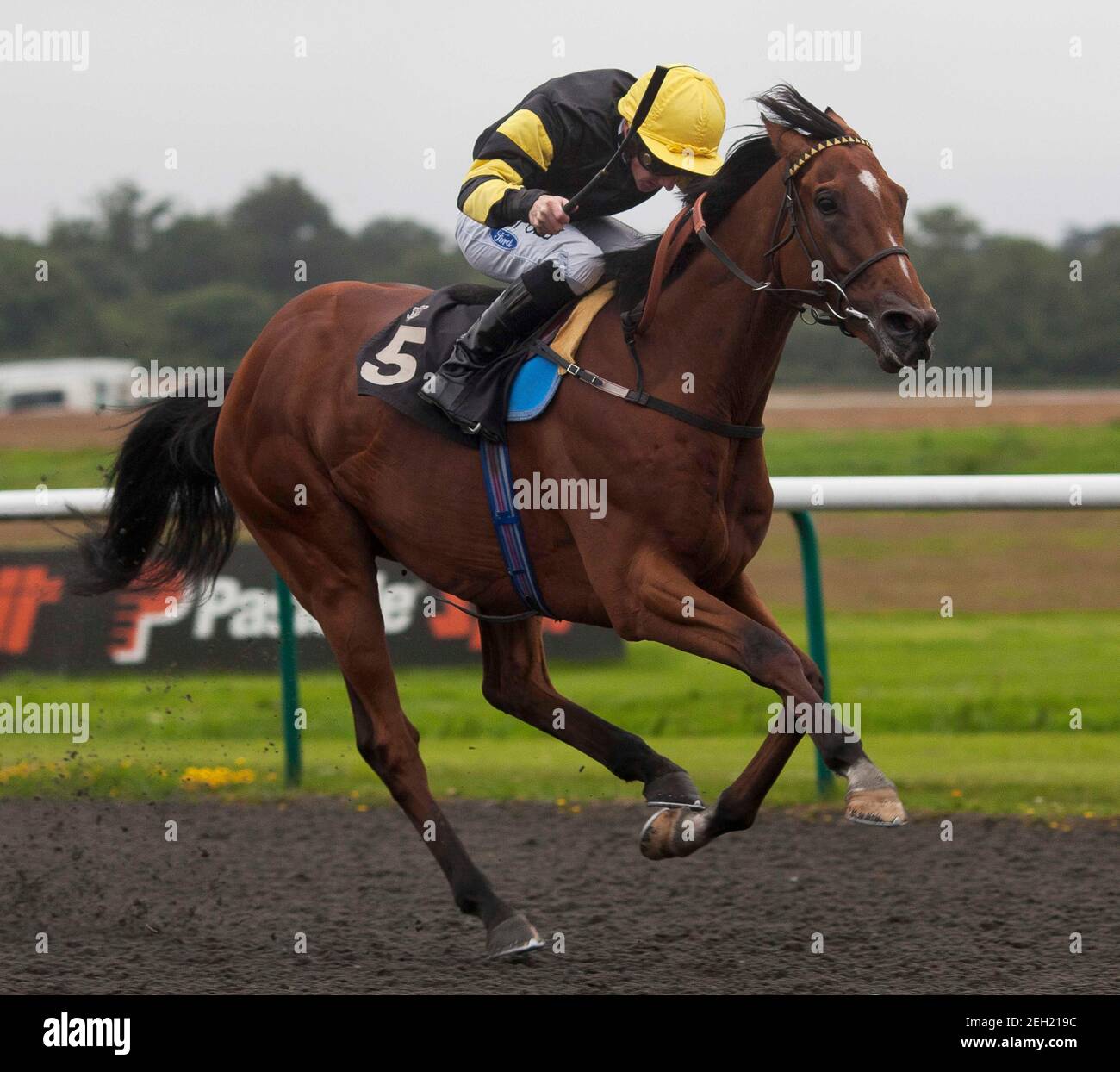
Vikings were known to be avid horse riders, and they often raced horses as a form of recreation and entertainment. Horse racing was an important part of their culture and is still a popular pastime in many of the Scandinavian countries today.
With its rugged yet beautiful terrain, the Scandinavian landscape was the perfect place for such competitions. The Vikings would hold races over a variety of different distances, from short sprints to long endurance races. The horses used for racing were generally small, agile, and fast, and the riders would often wear helmets and armor for protection.
The Vikings also had several unique techniques for horse racing. Here are some of the most interesting ones:
- Horse racing with spears: Riders would race their horses and attempt to run their opponents off the track. They would also try to jostle each other’s horses with their spears to gain an advantage.
- Horse racing with swords: Riders would race their horses and attempt to cut their opponent’s horse with their swords.
- Horse racing with clubs: Riders would race their horses and attempt to hit their opponent’s horse with their clubs.
Horse racing was an important part of Viking culture and was a great way for them to test their skills and show off their horses. Today, horse racing is still popular in Scandinavia and is a source of entertainment for many.
Care and Maintenance of Viking Horses
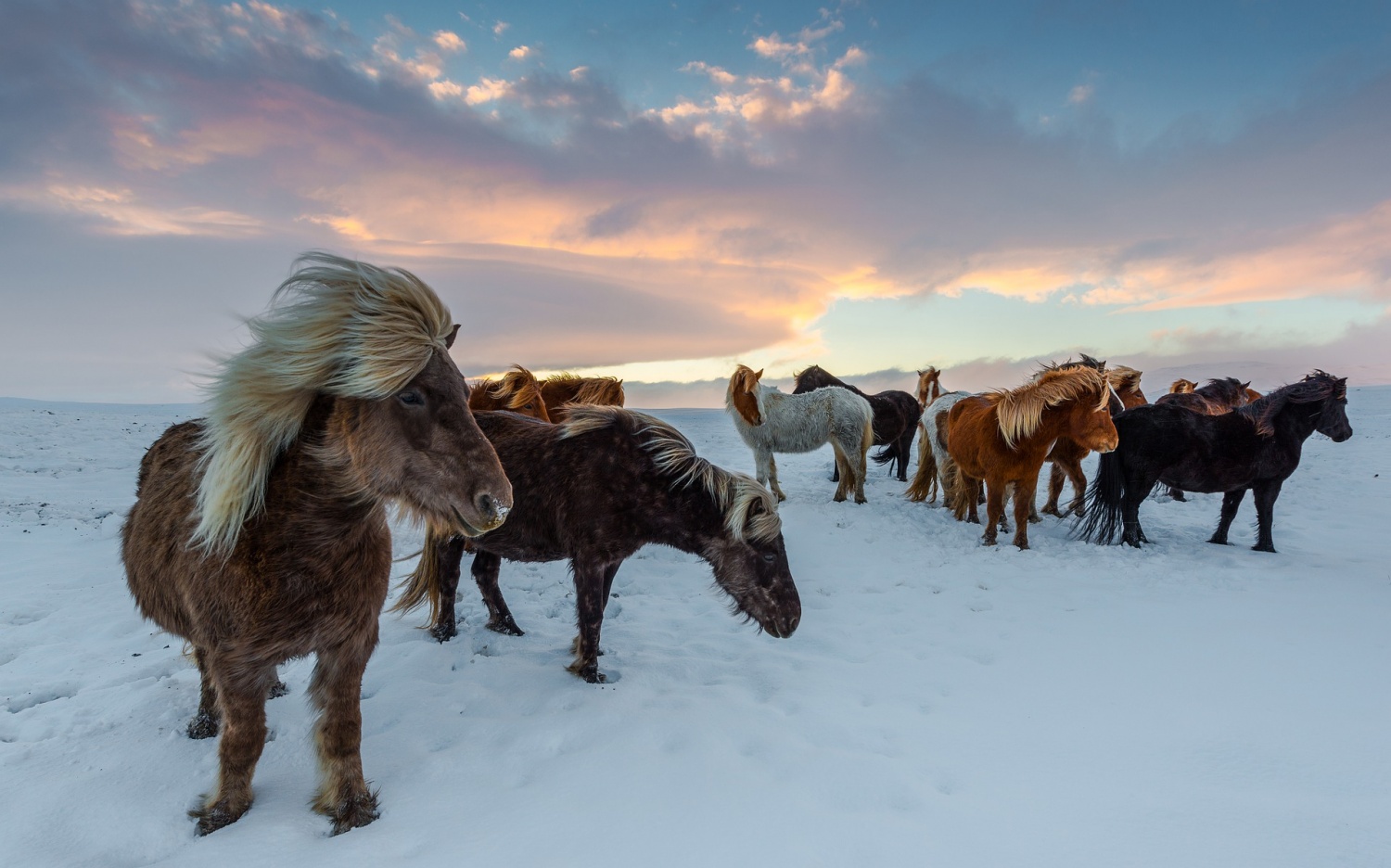
The horses used by the Vikings were known for their hardiness and seafaring abilities, but they still needed to be cared for and maintained in order to remain healthy and productive. The Vikings had many techniques for properly caring for and maintaining their horses, and these techniques are still used today.
Grooming
The Vikings groomed their horses daily, paying special attention to the horse’s hooves, legs, and mane. They used a wide variety of brushes, combs, and other tools to ensure that their horses were well-groomed.
Feeding
The Vikings fed their horses a variety of grains and hay, as well as any available fruits and vegetables. The Vikings also supplemented their horses’ diets with minerals and vitamins to ensure that their horses remained healthy and energetic.
Exercise
The Vikings exercised their horses daily, riding them for both long-distance travel and short jaunts. The Vikings also made sure their horses had ample time to run and play, as this was important for their overall health and well-being.
Veterinary Care
The Vikings took their horses to the local animal healer for regular check-ups and treatment of any ailments or injuries. The animal healers treated their horses with a combination of herbs, massage, and other alternative treatments.
Shoeing
The Vikings often shod their horses with horseshoes made of iron or bronze. This was important for protecting the horses’ hooves and providing them with the necessary traction for long distance travel.
Shelter and Protection
The Vikings provided their horses with adequate shelter in the form of stables or lean-tos. They also took measures to protect their horses from predators and the elements.
Breeding
The Vikings carefully selected their horses for breeding, keeping in mind the characteristics they desired in their horses. They bred their horses in order to maintain their desired characteristics and to produce hardy and healthy offspring.
Conclusion
The Vikings took great care of their horses, ensuring that they were well-groomed, well-fed, and exercised regularly. They also provided their horses with the necessary veterinary care and protection from predators and the elements. By taking the proper precautions and utilizing the techniques mentioned above, the Vikings were able to maintain healthy and productive horses.
Viking Horse Gear
The Vikings had a great appreciation for their horses, and they took great care in making sure they were outfitted with the best possible gear. Here are some of the items that made up the Viking horse gear:
- Harness – A variety of pieces including bridles, reins, saddles, and straps, all used to attach the gear to the horse.
- Girth – A strap that went around the horse’s waist to secure the saddle.
- Stirrups – Two metal loops, one for each foot, that were attached to the saddle and used for balance and support.
- Bits – A metal bar connected to the bridle that was used for controlling the horse.
- Reins – Long leather straps attached to the bridle, used for guiding the horse.
- Saddle Blankets – Padded blankets placed between the saddle and the horse’s back to provide comfort and protection.
- Spurs – Small metal spikes attached to the rider’s boots, used to signal and control the horse.
Viking horses were also outfitted with decorative items such as colourful necklaces and ribbons. The horses’ manes were often braided and tied with ribbons. This not only made the horses look nice, but it also helped to protect their manes from the harsh weather.
Vikings would often adorn their horses with charms, such as bells and amulets, which were believed to bring luck and protection.
The Vikings took great pride in their horses and made sure to outfit them with the best gear money could buy. They were an important part of Viking culture, and were treated with respect and care.
Frequently Asked Questions
1. What type of horses did Vikings ride?
The Vikings were known for their vast exploration and raids, and the type of horses they rode was an important factor in their success. Vikings typically rode small, hardy horses known as “ponies” or “horses of the North”, which were well-suited to their environment.
- The ponies were typically between 13 and 14 hands high, which is roughly the size of a large pony or a small horse.
- They were usually quite muscular and sturdy, with short legs and a strong body.
- Vikings used these horses for riding, pulling carts, and carrying goods, as well as for warfare.
- They were also relatively easy to care for, as they required little food and could survive on limited resources.
- Vikings typically chose horses with a good temperament and strong sense of loyalty, as this was important for their long voyages.
These horses were an integral part of Viking culture, as they provided the Vikings with the means to travel and explore the world. Without them, it is unlikely that the Vikings would have been able to achieve the same level of success.
2. How did Vikings Train Their Horses?
The Vikings had a specific way of training their horses to ensure that they were able to travel long distances and be battle-ready. Here is how the Vikings trained their horses:
- The horses were taught to be responsive to the commands of their riders.
- The horses had to learn to follow directions and to move in formation.
- The horses were also taught to become accustomed to loud noises, such as the sound of weapons and armor clanking.
- They were taught to accept and endure the weight of the rider and the armor.
- The horses were also trained to display courage and strength in battle.
- The horses were also trained to be sure-footed and able to handle the terrain of the battlefield.
- The horses were also trained to be able to carry heavy loads, such as supplies and equipment.
All of these skills were essential for the Viking horses to be able to serve the needs of their riders. The Vikings trained their horses to be reliable and hardy and to be able to move quickly and efficiently.
3. What was the purpose of the horses used by Vikings?
The horses used by Vikings served several purposes. Some of the more common uses included:
- Transportation: Horses were used by the Vikings to travel long distances, often across rough terrain. They were also used to carry goods and supplies.
- Warfare: Horses were used in battle by the Vikings to charge into enemy lines, as well as to transport warriors and supplies to the battle.
- Agriculture: Horses were used to help with farm work, such as plowing fields and carrying goods.
- Hunting: Horses were used by the Vikings to help them hunt, especially for larger animals.
4. What techniques did Vikings use to care for their horses?
The Vikings were known for their skillful horsemanship, and they took great care of their horses. The Vikings used a variety of techniques to keep their horses healthy and strong. These techniques included:
- Providing nutritious feed, such as oats and hay, supplemented with fresh vegetables and fruits when available.
- Regular grooming, which included brushing the horses’ coats, mane, and tail, as well as cleaning their hooves.
- Regular exercise, such as riding and running, to keep the horses in good physical condition.
- Using healing herbs, such as yarrow and comfrey, to treat minor ailments.
- Making sure the horses had plenty of fresh, clean water.
These techniques, combined with the Vikings’ natural affinity for horsemanship, helped them to create some of the strongest and most reliable horses of their time.
5. What artifacts have been discovered related to Viking horsemanship?
Viking horsemanship has been studied extensively by historians and archaeologists. There are numerous artifacts that have been discovered that provide evidence of the Vikings’ relationship with their horses. These artifacts include:
- Viking bridles and bits
- Iron horseshoes
- Horse harnesses
- Horse blankets
- Horse-related tools
- Bronze and iron horse ornaments
- Carved bone horse figures
- Horse-related artwork
These artifacts have provided a wealth of information about the way the Vikings interacted with their horses, their methods of horsemanship, and the tools they used to care for their horses. They have also provided insight into the role of horses in Viking society and the importance of horses in their culture.
Conclusion
The Vikings were master horsemen and their ability to ride horses was integral to their success as seafaring explorers. Although the exact type of horses the Vikings used is not known, it is likely that they used a variety of breeds to suit the needs of their travels. These breeds likely included the Fjord, Icelandic, and Norwegian horses, as well as horses brought from areas such as the British Isles. The Vikings were able to train their horses to become well-adapted to the cold, wet climates of their homeland, as well as to the rough terrain of the far northern lands they explored. Horses were a key component of the Viking lifestyle and played a major role in their success as warriors and traders.
References
- Larsen, A. (2017). Viking Horses. Retrieved from https://www.vikingrune.com/2017/02/viking-horses/
- Bouzek, J. (2018). Viking Horse Breeds. Retrieved from https://www.thoughtco.com/viking-horse-breeds-171241
- Lovgren, S. (2007). Vikings Rode on Small, Stocky Horses. Retrieved from https://news.nationalgeographic.com/news/2007/02/070228-vikings-horses.html
- Staff, W. (2018). Horses in Viking Age Scandinavia. Retrieved from https://www.historyonthenet.com/horses-in-viking-age-scandinavia/
- Staff, V. (n.d.). The Viking Horse. Retrieved from http://www.vikinganswerlady.com/animals.shtml#horse



